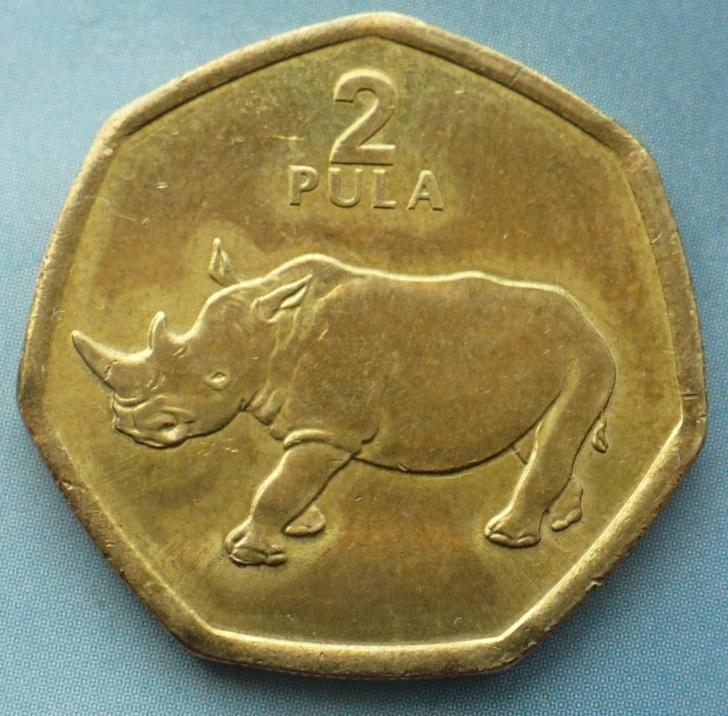
The rate of decline of the pula will remain at 1.51% in 2024, which implies a slight decrease in the value of the currency that will total 1.51% during the year due to expectations that the country’s average inflation will be higher than that of Botswana’s main trading partners. On December 28, the Mmegi Online newspaper writes.
The Treasury statement said the weighting of the pula against the basket of currencies would remain at 55% for special drawing rights currencies and 45% for the South African rand. Currencies with special drawing rights of the International Monetary Fund, called SDRs, include the US dollar, the pound sterling, the euro, the Japanese yen and the Chinese yuan.
Since 2005, Botswana’s exchange rate policy, or pula value mechanism, has followed a crawling peg scheme, in which the currency is pegged to a basket of SDRs and rands. In 2024, the weight of these currencies in the pula basket, or the proportion that each of these currencies contributes to the value of the pula, will remain at 55% of the SDR and 45% of the rand.
The annual variation in the growth rate implies small daily downward adjustments in the value of the pula, which until 2024 will amount to 1.51%, according to the ministry.
Treasury officials explained that the continued pace of decline in the pula was due to expectations that local inflation in Botswana would exceed inflation in trading partner countries.
“If, for example, a bag of potatoes currently costs 100 pula in Botswana and 130 rand in South Africa at an exchange rate of P1 = R1.30, and assuming that transport costs are not included in the price, potato producers Botswana would face the same market price, as would South African producers. African producers and will therefore be competitive”.
However, if Botswana’s inflation rose five percentage points more than South Africa’s, Botswana’s producers would be at a disadvantage because it would be cheaper to buy the same bag of potatoes in South Africa if all other conditions remained constant.
“Therefore, the pula exchange rate will need to be adjusted downward by five percent (the rate of decline) to maintain the competitiveness of producers in Botswana.””explained the ministry.
Officials also explained that the exchange rate affects aggregate demand through its impact on export and import prices. For example, if the exchange rate is 1.00 pula = 1.30 rand and the pula appreciates against the South African rand to 1.00 pula = 1.35 rand, the exporter/seller of goods and services from Botswana to South Africa will receive less income in common funds for the same amount of goods and/or services.
In contrast, a South African importer/buyer of goods and services in Botswana will pay less pula for goods and services denominated in South African rand.
Maintaining the depreciation rate at 1.51% means slightly greater pressure on prices of key imported commodities such as fuel and electricity, but increases the competitiveness of Botswana’s exports of key commodities such as diamonds and, each once again, copper.
Source: Rossa Primavera
I am Michael Melvin, an experienced news writer with a passion for uncovering stories and bringing them to the public. I have been working in the news industry for over five years now, and my work has been published on multiple websites. As an author at 24 News Reporters, I cover world section of current events stories that are both informative and captivating to read.
